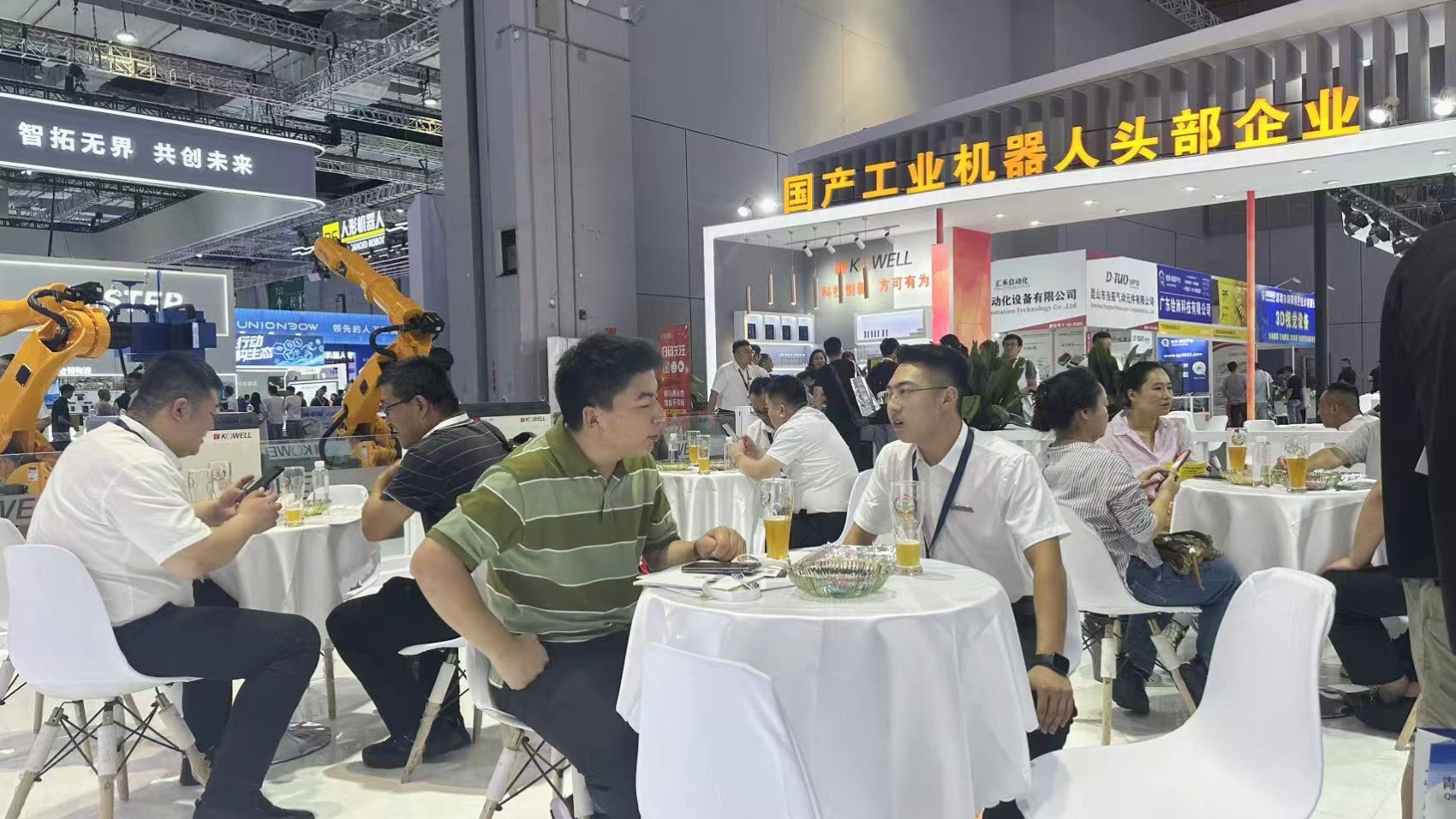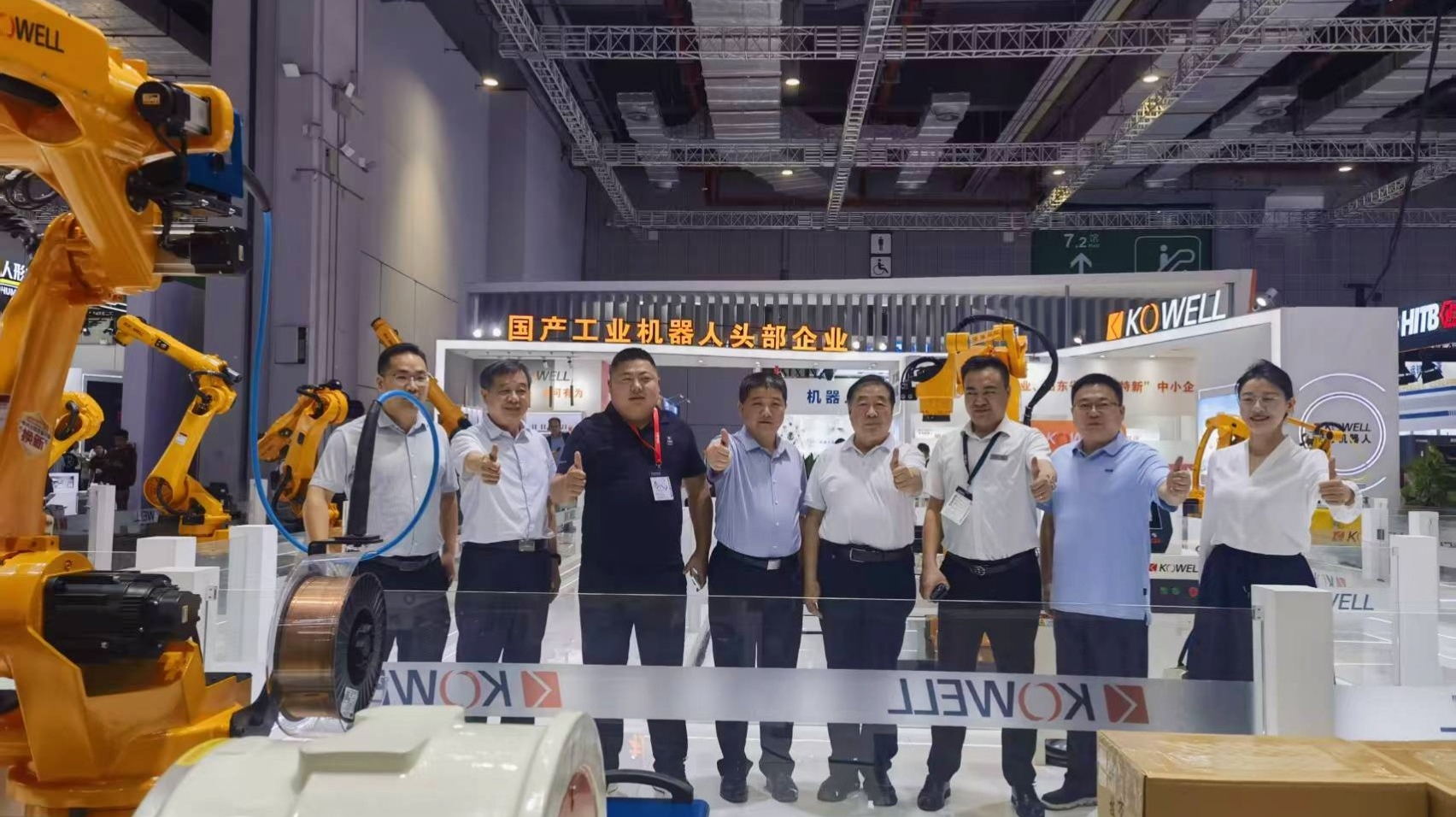Stacking robots are high-tech electromechanical products that integrate mechanical, information, electronic, and computer technologies. They are mainly used for handling, palletizing, unloading, and other operational tasks of workpieces or products. The emergence of palletizing robots has solved the problem of labor shortage, improved labor production efficiency, reduced production costs and labor intensity of workers, and improved the production environment.
Advantages of palletizing robots: ① Simple structure and few components. Therefore, the failure rate of components is low, the performance is reliable, the maintenance and repair are simple, and the required inventory of components is small Small footprint. The palletizing robot can be set up in narrow spaces and can be used normally Strong applicability. When the size, volume, shape of the customer's product and the external dimensions of the tray change, only slight modifications need to be made on the touch screen, which will not affect the customer's normal production Low energy consumption. The power of the palletizing robot is around 5KW, greatly reducing the operating costs for customers Just locate the starting point and placement point, the teaching method is simple and easy to understand.

So what issues should we pay attention to when choosing a palletizing machine?
1. Load and arm deployment: Firstly, estimate the required load of the robotic arm based on the weight of the goods to be palletized and the required fixtures. Generally, there is a positive correlation between load and arm span. It is also possible that your goods are light, but your pallet is relatively large, so the arm span of a low load robotic arm is not sufficient. So it is necessary to consider both load and arm span simultaneously.
2. Clarify production requirements: Before purchasing palletizing industrial robots, it is necessary to first clarify production requirements. This includes expected output, product types, and other aspects. Different palletizing industrial robots are suitable for different production needs, so clarifying the requirements can help narrow down the range of options.
3. Consider the factory environment: The environmental factors of the factory also need to be taken into account. Factors such as available space and layout limitations can affect the selection and installation of palletizing industrial robots. Therefore, in the selection process, it is necessary to consider the actual situation of the factory.
4. Reliability and maintenance: When selecting palletizing industrial robots, it is necessary to consider their reliability and maintenance costs. Choosing robots with high reliability and easy maintenance can reduce production interruptions and maintenance costs, and improve production efficiency.
5. Special functional requirements: For example, some customers have multiple varieties in small batches and often need to change lines and products, so it is necessary to choose a palletizer that can be compatible with multiple specifications at the same time.
6. Cost considerations: Consider the cost and return on investment of robots. When making a purchase, it is necessary to consider factors such as performance, quality, and price comprehensively, and choose robots with high cost-effectiveness.
The selection and purchase of a suitable palletizing machine mainly depends on the actual situation of one's own factory and packaging workshop. It is recommended to choose palletizing robots with functions that can meet the requirements and high cost-effectiveness as much as possible. Through scientific and rational selection, enterprises can improve production efficiency, reduce costs, and achieve better economic benefits.


Online Consultation
Hello, the current customer service is offline. You can leave your contact information and the staff will respond to you as soon as possible!




![[CIIF Day 4: Technology In-Depth] Kewei Robotics Drives Intelligent Manufacturing with Innovation, Leading the Wave of Industrial Transformation](https://cdn.cnyandex.com/kw_en/uploads/9.26.1.jpg)

